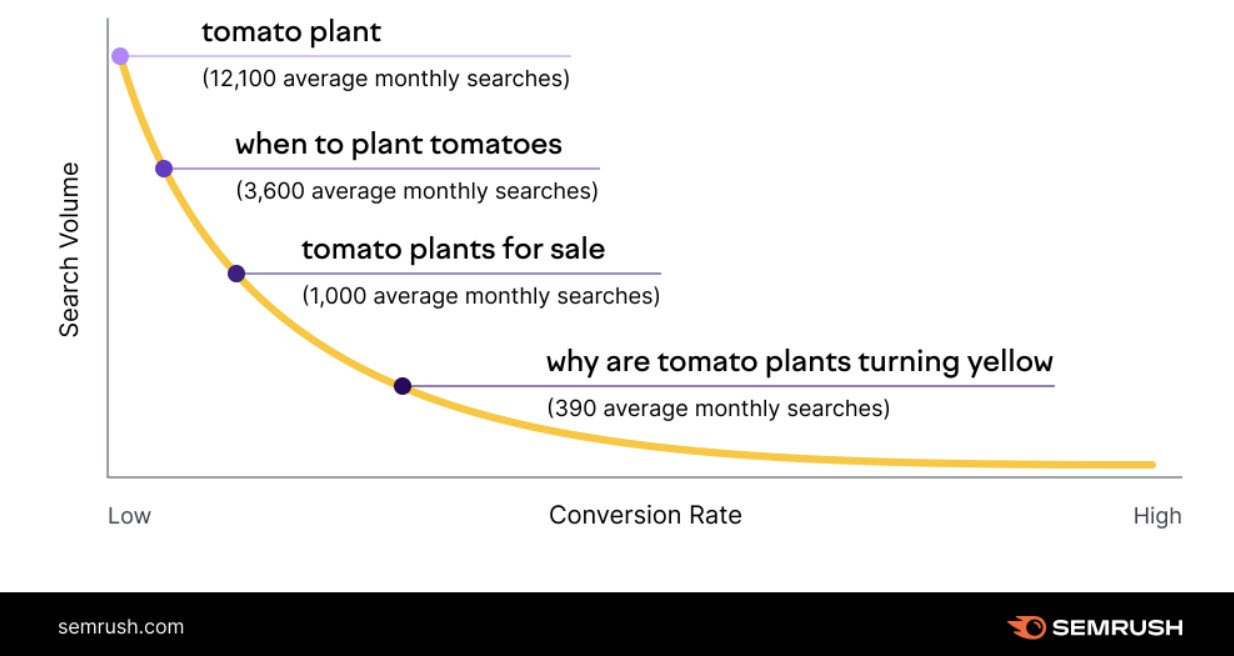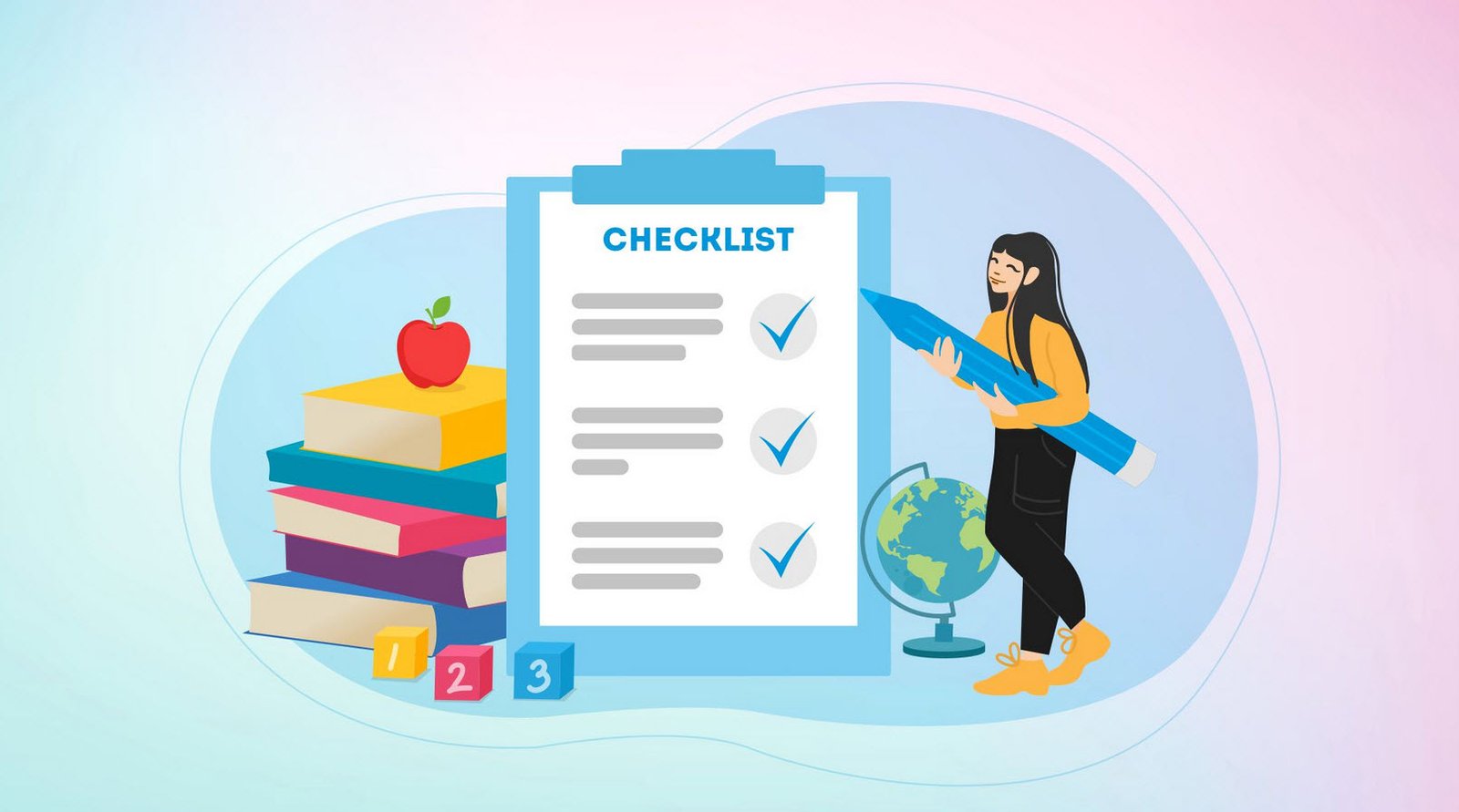
SEO, or Search Engine Optimization, is the process of improving the ranking of a website on search engines like Google. The higher a website ranks, the more likely it is to be seen by users, which can lead to increased traffic and revenue for the website owner. There are many different factors that go into SEO, including the quality and relevance of the website’s content, the structure and design of the website, and the credibility and authority of the website.
It’s always a good idea to stay up-to-date on the latest SEO trends and best practices. By following these best practices, you can easily improve your website’s visibility in search engine results and attract more targeted traffic.
Here are some general SEO tips that are likely to remain relevant for the foreseeable future:
1. Target Long Tail Keywords
Long tail keywords are 3 or more keyword phrases that drive quality traffic to your site. They are not as competitive as ‘head’ keywords that have high traffic volumes individually but have many competitors too. Another benefit of long tail keywords is that collectively, they represent about 80% of search volume on Google – so there is huge potential here.
Targeting long tail keywords is not always easy but it’s possible to achieve if you research your keywords and their variations and then create quality content for these keywords. So, aim to have full-length content on each page that targets as many keywords as possible without keyword stuffing.

Long-tail keywords are specific, longer phrases that are less commonly searched for but can still drive targeted traffic to your website. They are an important part of a well-rounded SEO strategy because they allow you to target specific groups of people who are more likely to be interested in your products or services.
Here are some tips for targeting long-tail keywords:
- Identify the main topics that your business covers, and then brainstorm a list of long-tail keywords that are related to those topics.
- Use a keyword research tool, such as Google’s Keyword Planner, to find long-tail keywords that have a high search volume and low competition.
- Incorporate long-tail keywords into your website’s content, including in your blog posts, product descriptions, and meta tags.
- Monitor your search rankings for the long-tail keywords you are targeting to see how well they are performing and make adjustments as needed.
- Consider using long-tail keywords in your pay-per-click (PPC) campaigns to target specific groups of people.
If you aim for at least 300-500 words per page that will usually suffice to target your main keywords and a host of long tail keywords that your landing pages will rank for in the search engines.
2. Link Building
Links are one of the biggest factors to your rankings on Google. Your SEO marketing plan should include details of how you will acquire backlinks, how many you need compared to your competitors and how quickly you need them. There are many ways to acquire quality links including guest posting, directories and featured listing particularly, internal linking, links from industry sources, article submissions, social media links and many others.
Link building is the process of acquiring backlinks (also known as “inbound links”) from other websites to your own. These links are important because they help to improve the credibility and authority of your website in the eyes of search engines. When a website links to your site, it is seen as a vote of confidence in the quality of your content and can help to improve your search engine rankings.
Here are some tips for effective link building:
- Create high-quality, engaging content that other websites will want to link to.
- Reach out to other website owners or webmasters and ask them to link to your site. Be sure to provide them with a reason why linking to your site would be valuable for their own visitors.
- Participate in relevant online communities and forums and include a link to your website in your forum signature or profile.
- Use social media to promote your content and encourage others to link to it.
- Consider offering to write guest posts for other websites in exchange for a backlink.
It’s important to note that link building should be done in a natural, organic way and that you should avoid purchasing links or participating in link schemes that violate search engine guidelines. These practices can result in penalties from search engines and can negatively impact your website’s ranking.
3. Research Your Competitors
Find out how your direct competitors are ranking for keywords that are important to your business. Using tools like SERanking.com, you can compare your rankings with theirs side-by-side and you can use tools like Alexa to check how many backlinks they have and from which sites. Then, find out how you can get links from those same sites and similar ones in your category.
It’s easy to check who your competitors are in the organic search listings and all you have to do is search for your target keywords. However, you need a more advanced strategy to identify them to assess and monitor their search engine optimization strategy.
Competitor research is an important part of any business strategy, as it allows you to understand the competitive landscape in your industry and identify opportunities to differentiate your business. Here are some steps you can take to research your competitors:
- Identify your top competitors: Start by identifying the main businesses that you compete with for market share and customers. You can use tools like SEMrush or Ahrefs to find out which websites are ranking for the same keywords as your own.
- Analyze their website: Take a thorough look at your competitors’ websites to get an idea of their products, services, target audience, and overall marketing strategy. Pay particular attention to their website design, content, and calls-to-action.
- Check out their social media presence: Look at your competitors’ social media accounts to see how they are interacting with their followers and promoting their products or services.
- Look at their online reviews: Check out online review websites like Yelp or Google My Business to see what customers are saying about your competitors. This can give you insight into their strengths and weaknesses.
- Keep an eye on their marketing efforts: Follow your competitors on email lists, newsletters, and other marketing channels to see what promotions and special offers they are running.
By regularly keeping track of what your competitors are doing, you can stay up-to-date on industry trends and stay one step ahead in the competitive landscape.
4. Choose Your Keywords Carefully
Your SEO campaign should start with keyword research. Your keywords are what searchers use to find your website on Google and to pick the right one is critical.
There are many free keyword tools to use like the Google Keyword tool to find your keywords. The ideal combination of keywords you pick will have high traffic volumes and low competition. You will want low competition keywords because they are easier to rank and they are sometimes more profitable, especially if they are long tail keywords.
Choosing the right keywords is an important part of any SEO or content marketing strategy. Keywords are the phrases and terms that people enter into search engines when looking for information, products, or services. By selecting the right keywords, you can increase the chances that your website will rank highly in search engine results and attract targeted traffic.
Here are some tips for choosing the right keywords:
- Identify your target audience: Think about who you are trying to reach with your website or content and what they are likely to be searching for.
- Use keyword research tools: There are many tools available, such as Google’s Keyword Planner or SEMrush, that can help you find popular keywords in your industry.
- Look for long-tail keywords: These are longer, more specific phrases that are less competitive and can drive targeted traffic to your website.
- Consider keyword intent: Make sure that the keywords you choose align with the intent of your website or content. For example, if you are selling products, you will want to choose keywords that are related to purchasing, rather than just information-seeking.
- Be strategic: Don’t just choose the most popular keywords, as these will be highly competitive. Instead, consider a mix of high-volume and low-volume keywords to balance traffic and conversion potential.
By taking the time to carefully select the right keywords, you can improve the effectiveness of your SEO and content marketing efforts and drive more relevant traffic to your website.
5. On-page Optimization
Advice from Google to website owners looking to rank high on their search engine is to optimize their websites for visitors and not the search engines. Optimizing your website for visitors or on-page optimization is about providing content that is relevant, engaging, entertaining and keeps your visitors coming back to your site for more. It also helps improve your search engine rankings because other sites are more likely to link back to your website.
Optimizing for the search engines alone, which Google frowns upon, includes such black hat methods as keyword stuffing that ultimately will hurt your rankings.

Include keywords in your title tags, meta tags and page content, including your images. Also, get some links that point to your site and include your keywords in the anchor text.
On-page optimization refers to the practice of optimizing individual web pages in order to rank higher and earn more relevant traffic in search engines. On-page optimization involves optimizing the content and HTML source code of a page.
Here are some tips for effective on-page optimization:
- Use relevant, targeted keywords: Choose keywords that are relevant to the content of the page and include them in the title tag, headings, and body of the content.
- Use unique and descriptive titles and meta descriptions: The title and meta description tags are important for giving search engines an idea of what your page is about. Make sure to include your targeted keywords in these tags, and write unique and compelling descriptions that will entice users to click through to your site.
- Optimize images and other multimedia: Use descriptive, keyword-rich file names and alt tags for images and other multimedia elements.
- Use header tags appropriately: Use H1 tags for the main headlines and H2 or H3 tags for subheadings. This helps to break up the content and make it easier for users to read and for search engines to understand the structure of the page.
- Use internal linking: Linking to other pages on your own website can help search engines discover more of your content and can also help to improve the user experience.
By optimizing your web pages for relevant keywords and including other on-page elements, you can improve your search engine rankings and drive more targeted traffic to your website.
You may also like:- Top 10 SEO Key Metrics You Should Measure
- 25 Best Niches for Different Types of SEO Businesses
- Top 19+ Technical SEO Checklist for 2024
- Top 10 SEO Score Checker Tools in 2024
- 7 Essential Factors to Rank in the Top 3 Spots of Google
- Best WordPress SEO Plugins for Enhanced Website Rankings in 2024
- OpenAI and Microsoft’s $100 Billion AI Data Center – A New Era in Artificial Intelligence
- SEO ChatGPT Prompts – Save Time & Rank Better
- [March 2024] Google SEO Updates You Need to Know
- Want Image SEO? Here is the Guide








